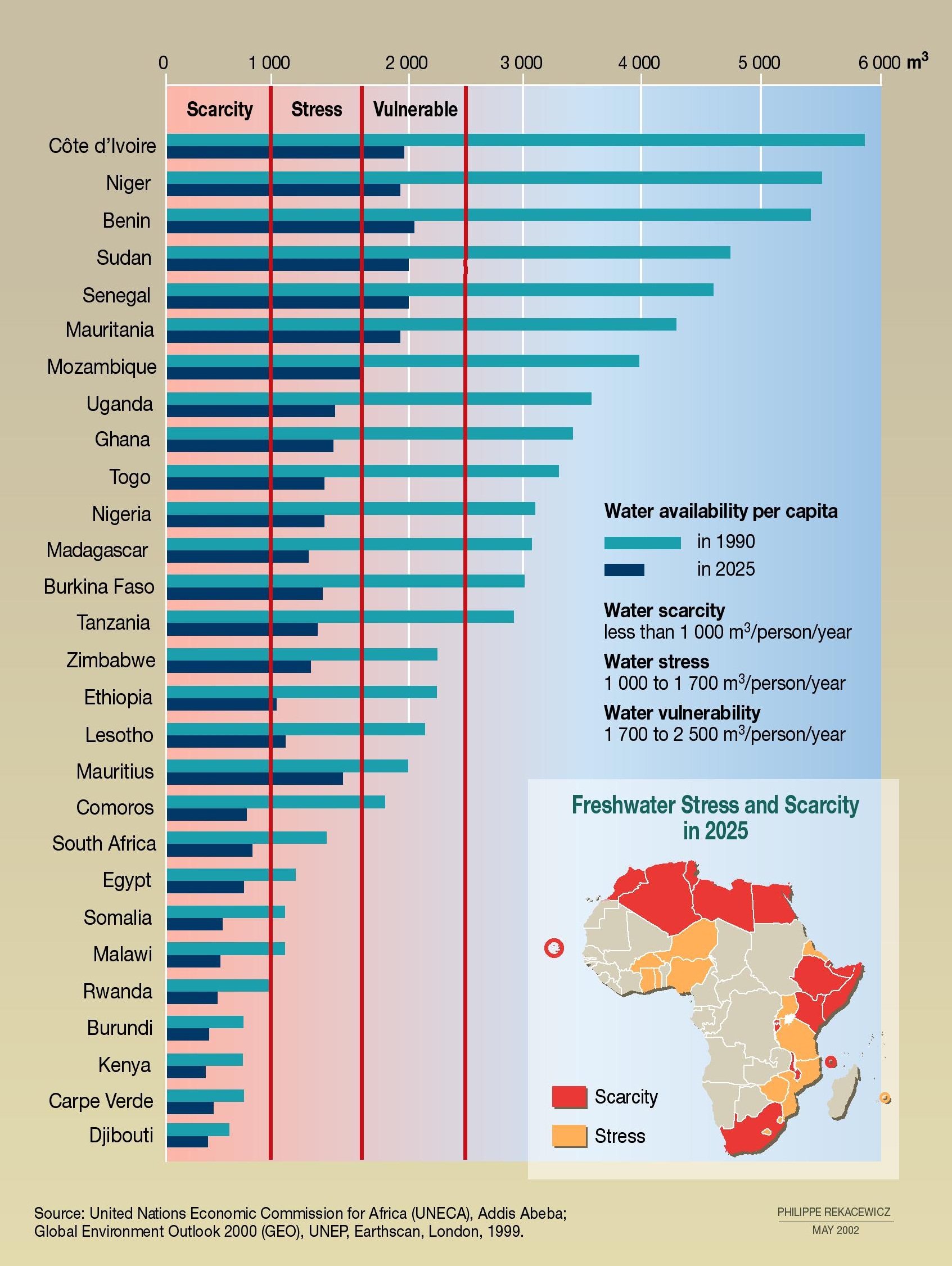OKACOM is a water commission and advisory authority set
up by the three nations in 1994 to ensure the co-operative management of the
Okavango River whilst still promoting the social and developmental needs of
each riparian . The commission is funded by the 3 countries and
consists of representatives from each nation who meet on a yearly basis,
sometimes more.
Also known as the commission, OKACOM is a technical consultant to governments on a whole series of matters including: development, conservation and sustainable resource use. The OKACOM Agreement signed in 1994 gives the organisation the legal power to:
- find out the long term and safe yield of the river basin
- estimate demand from consumers
- suggest mitigating measures against pollution
- investigate water infrastructures
- develop ways to alleviate short term problems (e.g. droughts)
- prepare criteria for conservation, fair allocations and sustainable water usage
- bring any other issues determined by OKACOM onto the table
Also known as the commission, OKACOM is a technical consultant to governments on a whole series of matters including: development, conservation and sustainable resource use. The OKACOM Agreement signed in 1994 gives the organisation the legal power to:
- find out the long term and safe yield of the river basin
- estimate demand from consumers
- suggest mitigating measures against pollution
- investigate water infrastructures
- develop ways to alleviate short term problems (e.g. droughts)
- prepare criteria for conservation, fair allocations and sustainable water usage
- bring any other issues determined by OKACOM onto the table
OKACOM aims to anticipate and reduce negative impacts
that happen as a result of uncoordinated development by offering nations a way
to develop a management plan for the river basin based on sustainability,
equitable allocations and that benefits should be shared among members. For
this to occur the commission collaborates with foreign organisations and makes
sure any integrated management of the Okavango basin improves livelihoods, aids
development and looks after biodiversity.
The commission mainly take on an advisory role but it
also prides itself on ‘action based on knowledge’ and this has been vital in
ensuring that members are aware of any transboundary issues occurring in the
basin.
| OKACOM's 17th meeting (source: OKACOM) |
On the whole the development of OKACOM has been pivotal for the Okavango
basin nations as it has allowed them to co-ordinate projects that can meet
development and conservation goals whilst assuring they will not negatively
impact other riparian states. Integrated and collaborative management is
therefore key in transboundary water systems as it promotes water security and reduces
contention. Continual monitoring the basin and this way of co-coordinating development will also prove vital in addressing and mitigating any future pressures as the rising population increases in Africa and as climate change may negatively affect water conditions in the Okavango basin.






